 |
| January 07, 2020 |
Dear Reader,
NASA says its highly-anticipated successor to Hubble, the James Webb Telescope, is still set to launch in March 2021 despite a series of delays. This week, the agency also announced its planet-hunting spacecraft TESS discovered another potentially habitable world. In India, antivenom for snakebites need an upgrade. And lastly, testing CRISPR gene editing to treat an array of diseases in people is moving closer to reality. |
| | Sunya Bhutta, Senior Editor, Audience Engagement
@sunyaaa | |
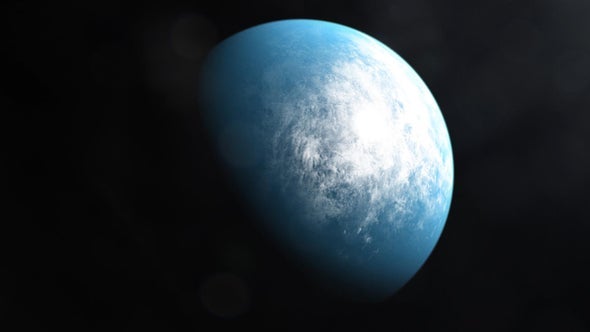 |
| |
| |
| |
| |
| |
| |
FROM THE STORE
 | | Exploring Mars: Secrets of the Red Planet Our nearest planetary neighbor has been the subject of endless fascination and wide-ranging theories throughout history. Is there life on Mars? Was there ever life on Mars? What was the atmosphere like thousands or millions of years ago? From Percival Lowell, who built his own observatory so he could dedicate himself to studying the red planet, to NASA landing the car-sized Opportunity rover in 2012, this eBook traces Scientific American's coverage of the observation and exploration of Mars. |  | | |
| |
| QUOTE OF THE DAY
 "The world of space holds vast promise for the service of man, and it is a world we have only begun to explore." James E. Webb | |
| |
LATEST ISSUES
 |
| |
| Questions? Comments?  | |
| Download the Scientific American App |
| |
| |



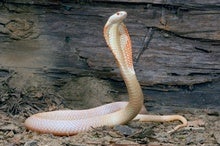
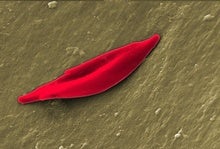
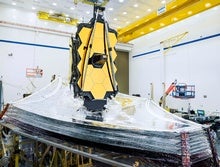

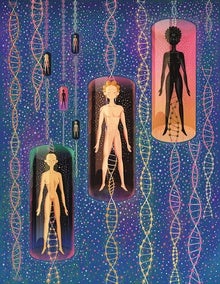
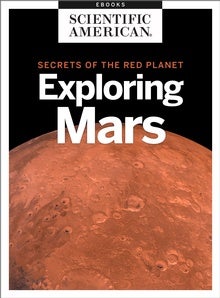




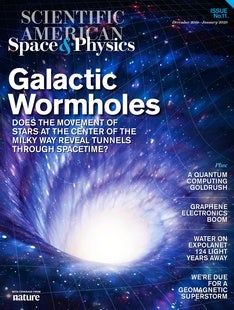
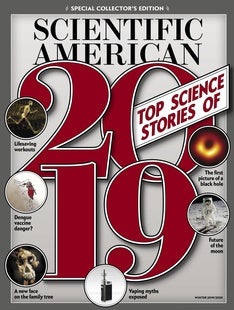



Comments
Post a Comment